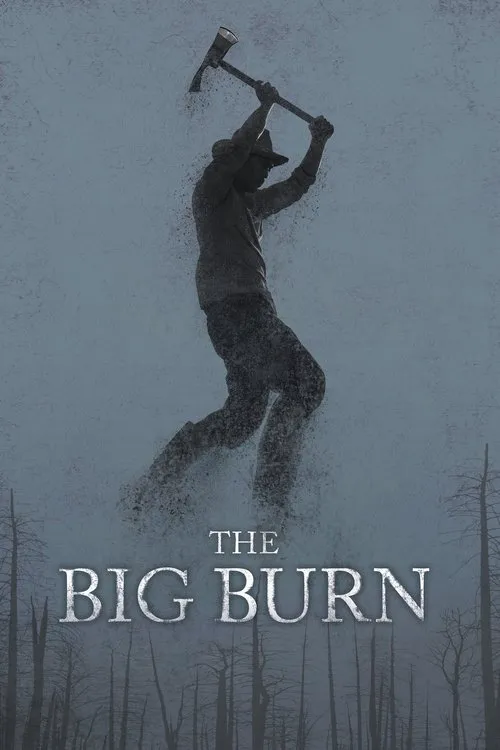The Big Burn

Trama
The Big Burn, a documentary produced by the Smithsonian Channel, recounts the terrifying tale of one of the most devastating wildfires in American history. This 1910 inferno ravaged the Northern Rockies, engulfing countless acres of land and claiming the lives of millions of trees, as well as that of the men tasked with containing it. The narrative masterfully weaves together the stories of individuals who witnessed this catastrophe firsthand, including forest ranger Ed Pulaski, who would ultimately find himself at the heart of this maelstrom. On the morning of August 20, 1910, Pulaski awoke to an ominous warning from his fellow forest ranger, Bill Manning: the dry, parched landscape and sweltering heat spelled disaster. As the fire spread at an alarming rate, Pulaski, Manning, and their team worked tirelessly to prevent the flames from engulfing the nearby town of Wallace, Idaho. Their efforts were valiant but ultimately doomed as the inferno, fueled by gusty winds and parched vegetation, proved too powerful to contain. The fire's origin, initially believed to be a lightning strike, has been disputed by historians. However, they do concur that lightning sparks played a role in the blaze that eventually swept across over 3 million acres of land. The inferno would go on to claim 7 lives, leave countless homeless, and reduce massive areas of prime timberland to nothing short of smoldering ash. This was a catastrophe unprecedented in its ferocity and scale. As the forest rangers and their teams toiled against the fire, Pulaski's group was separated from the rest of the crew. His small team of 47 men and a few dozen exhausted and overworked fire-fighters made their perilous bid for safety, narrowly escaping the deadly trap that lay ahead. It's reported that Pulaski, at one point in the ordeal, realized the gravity of their predicament as he shouted to his crew, telling them that a narrow canyon wall offered their only hope for survival. Pulaski took charge and, with the aid of his fellow men, directed the effort to save the lives of those who would otherwise perished. One fateful day in 1911, President William Howard Taft signed the Weeks Act, providing the US Treasury with a means to protect the nation's forests and lands through the creation of a national forest service. This piece of legislation marked the turning of the tide in the United States' stance on natural resource conservation, paving the way for long-term sustainability policies. Though not a direct consequence of "The Big Burn," this act can, at least in part, be attributed to the catastrophic losses suffered over that fateful summer of 1910. Throughout The Big Burn, the camera pans over the desolate, post-fire landscape, a haunting reminder of the cataclysmic power of nature. It reveals a somber scene where only the most resilient trees had survived. Amid the ruin, it's remarkable to ponder how Ed Pulaski and his men emerged unscathed from this fiery maelstrom. The film serves as a testament to the indomitable human spirit in the face of unimaginable adversity, and a reminder of the importance of conservation and fire prevention. By recounting the horrors of that fateful summer in 1910, The Big Burn educates us about the dangers we must avoid, while honoring the brave men who dared to confront them head-on.
Recensioni
Raccomandazioni


